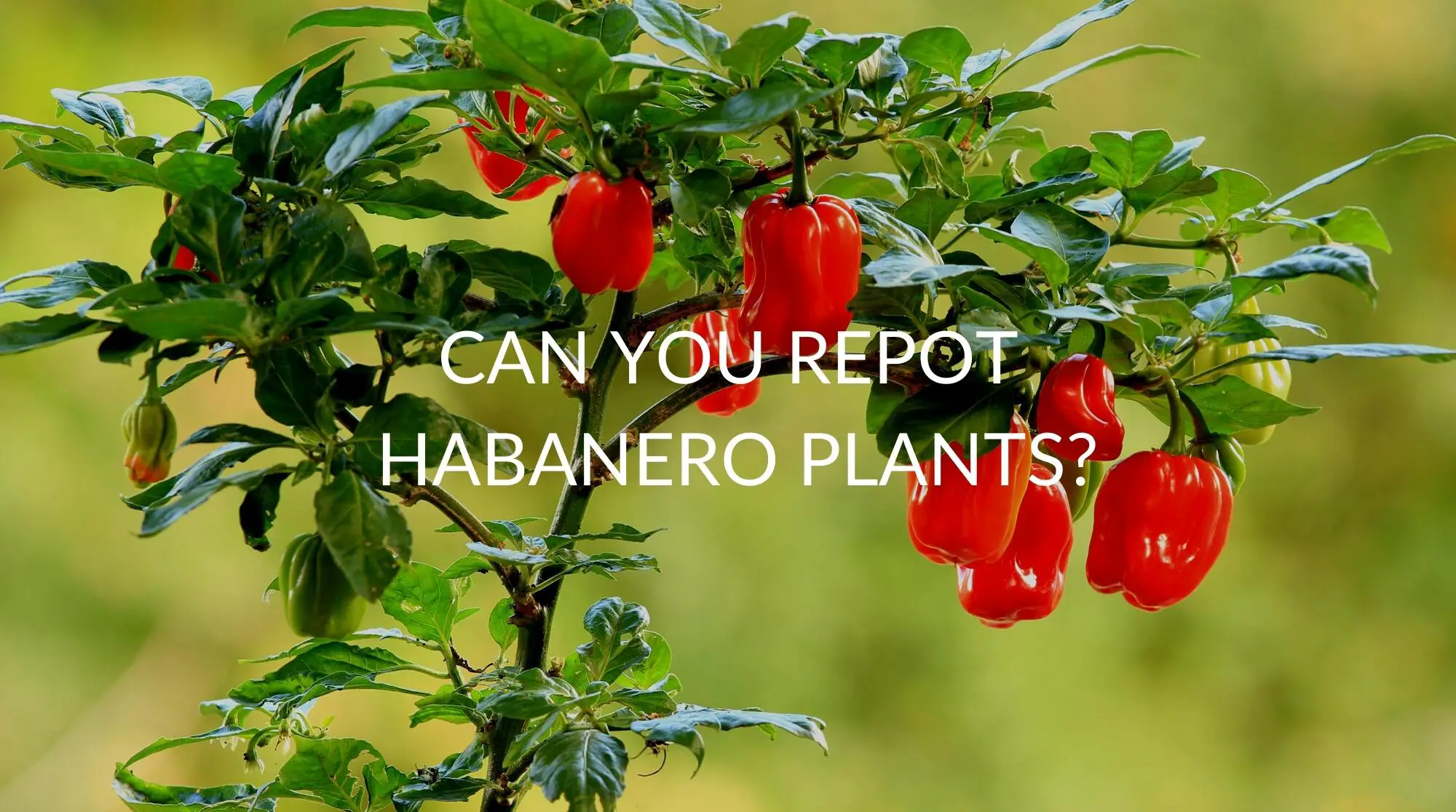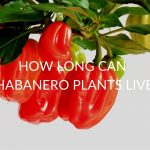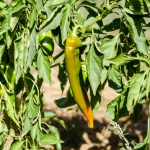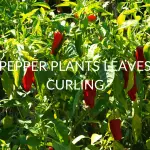Habanero plants can be repotted. The process is fairly uncomplicated. With a little help from our guide, you’ll have them in their new pot in no time. Read on to see how.
Can You Repot Habanero Plants?
Habanero plants can and should be repotted if they have outgrown their pots or if you are starting them from seeds.
When they’ve been started from seeds, they’ll have to be repotted several times. The seedlings will need to be transplanted from
When Should I Repot My Habanero Plants?
If you suspect that your pepper plant has become root bound, that the roots are becoming long and entangled in the pot, then it’s time to replant.
There’s also the case of when the seeds have grown into a seedling and need to be transplanted into a regular-sized pot where they will be spending the rest of their life.
How Can I See if the Roots Are Root Bound?
You can tell if the plant is outgrowing its pot by turning it over and seeing roots growing out of the bottom of the pot, or simply empty the plant from the pot and take a look!
If it looks like the roots are bound up together and tangled, then it’s time to replant.
Where Should I Repot My Plants?
It’s probably best to do this job outside where you will have lots of room and won’t have to worry about making a mess, or if you can’t do it outside, spread out some newspapers to catch any soil that may spill during the repotting.
Can You Repot Mature Habanero Plants?
You can repot your mature habanero plant when it’s started to outgrow its pot or if you need to transplant a seedling into a new pot. Wait until the seedling has at least 2 true leaves to transplant into a larger pot.
Pruning Your Plant
Pruning is recommended to help increase yield. You’ll want to snip off the top of the plant, which is called topping.
According to peppergeek.com, you’ll want to “snip the central shoot at the base of the node.” They also advise you to use sharp scissors to get a clean slice across the stem rather than your fingers, which may crush the stem.
Lighting
Peppers like a lot of light, and you’ll want to make sure your plants get a lot of it, especially when they’re young. They may not get enough from being inside and placed by the windows alone, so you might want to consider getting a light to help the plants in the early days.
Warmth
The peppers should not be placed outside until the chance of frost has passed. They prefer warm temperatures above the 60s.
Watering
You’ll want to water the plant until the soil is moist but not too wet. Watering too much will make the peppers bitter.
Pests
Some common pests that like to attack pepper plants are aphids, thrips, and gnats. There are a couple of ways to keep them at bay.
- You can give them a good spray with the water hose to knock off the bugs.
- You can also spray the plants with a neem oil solution to kill the bugs as well.
- Another option is to release good insects like ladybugs to control the bad ones. They can eat many different garden pests including aphids and thrips.
- You could also use yellow sticky traps, however they could also trap the beneficial insects so you may not want to use these.
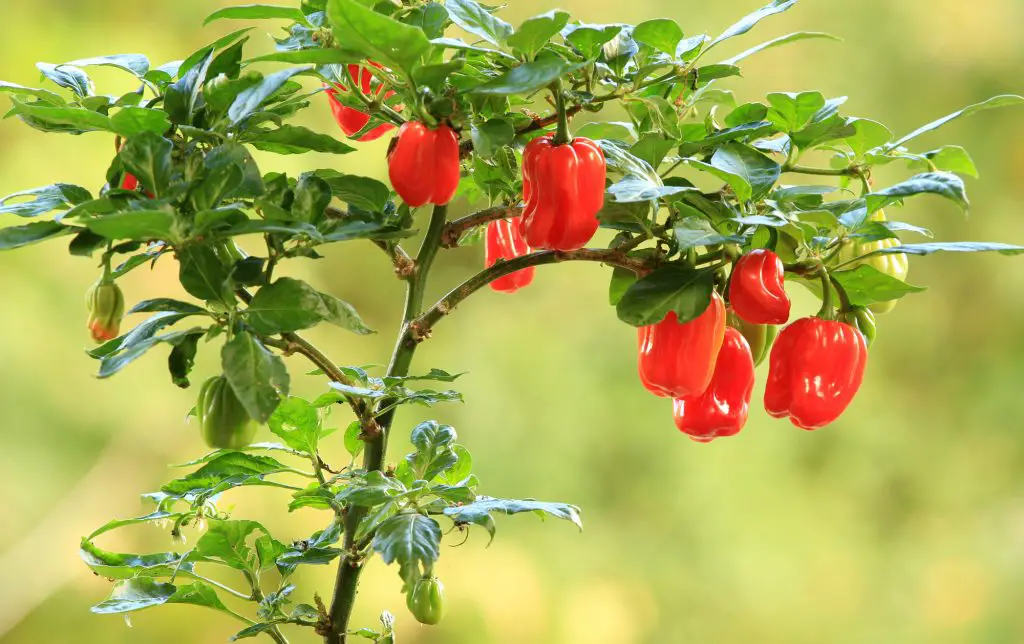
How Do You Repot Habanero Plants?
Take these steps to repot your habanero plant.
- First, you will need a seedling that you have grown from seeds or bought at the garden center. If you’ve grown it yourself from seeds you’ll have the next ingredient.
- Next, you’ll need some potting soil. Pick an all purpose one that’s for growing vegetables. You may want to find one that is specifically for container gardening so that it has good aeration.
- Then, you will require some fertilizer. Again, choose an all purpose product that’s good for beginners. Compost is great for peppers, you can either add it in when you’re transplanting or just layer on top after you’ve potted the plant.
- After that, you will need to pick a pot for your pepper plant. One that is too large will have you watering soil that has nothing in it and that could be wasteful.
- Get one that is just the right size for your plant. You’ll need about 3 gallons of space for good root growth and decent yields.
- Make sure the pot has good drainage. That means it needs holes for the water to drain out when watering the plant so that mold doesn’t grow.
- Place your plant in the pot that’s about three quarters full of soil and then fill the rest of the way with soil and lightly pat down.
- Water the plant liberally until it’s moist, but not too wet. Make sure not to water if the soil is already damp. If the weather is dry and hot your plants may need more water.
- Fertilize regularly and once they begin to flower you can switch to a less nitrogen-rich fertilizer.
- It should be time to harvest your peppers in about 3 months. The hotter the pepper, the longer the growth time. Habanero’s rate is pretty high on the Scoville heat scale at 100,000 to 350,000 Scoville units.
- Harvest the peppers when they are ripe and they turn a bright orange. If you got a different variety of habanero, you may see another color when the peppers are ripe, such as brown for the chocolate habanero, white, red or pink.
- When it gets cold outside you may want to bring the plants inside the house for the winter.
Repotting Is Easy!
So, are you ready to repot your plant?
With these easy steps, you can repot your habanero plants
Wondering how long your Habanero Plant can live? Click here to find out!. Your plants will grow and produce some very spicy peppers for you and your family to enjoy!

